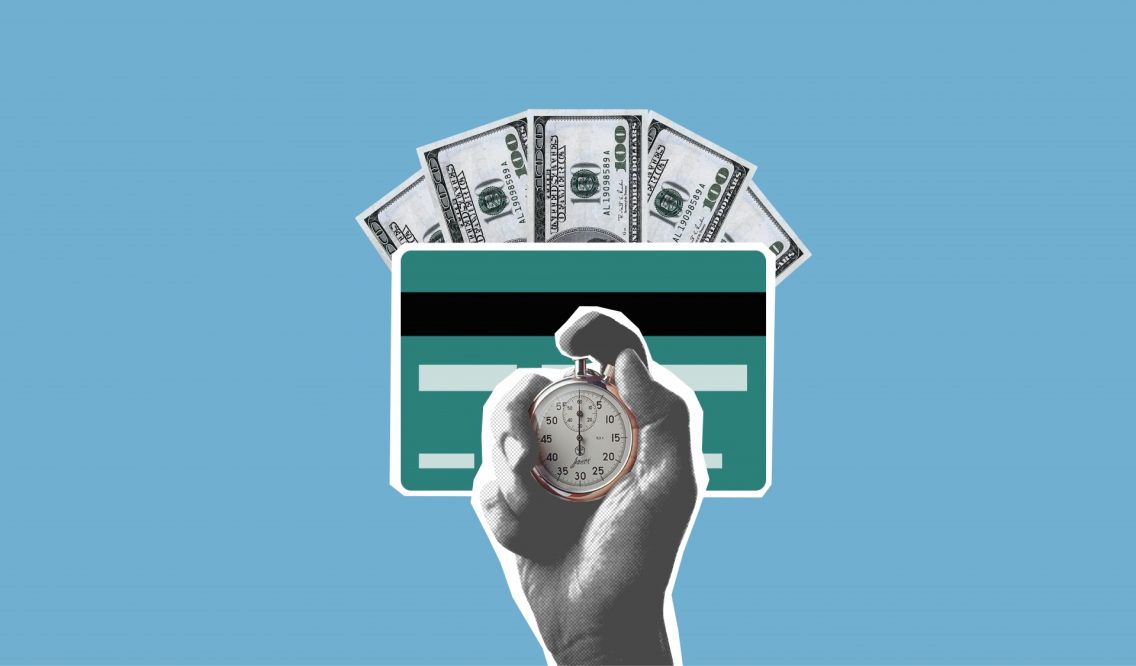Deferred revenue expenditures – It is easy to understand the meaning of deferred revenue expenditure if we understand the meaning of the word “deferred,” which means to keep something for a later or defer it, as deferred revenue expenditures are revenue in nature and are incurred during an accounting period; however, the benefits related to deferred revenue are accrued over multiple future accounting periods. For example, the revenue used for advertising is a deferred revenue expense because it will continue to show its benefits over a period of two to three years, and therefore the profit and loss account statement is prepared as a periodic statement.
What are the types of deferred revenue expenditures?
There are many examples of deferred revenue expenditures, including:
Prepaid expenses
As companies make significant investments in certain activities, such as sales promotion activities, which will be incurred over several accounting periods, these are expenses that are recognized before revenue is received.
Extraordinary losses
They are expenses related to losses caused by earthquakes, floods, or unexpected losses resulting from the loss or confiscation of property.
Services provided
The expenses for the services provided cannot be allocated and distributed for one year only, and no asset is created with these expenses, such as the research and development costs of the company.
Fictitious origin
They are assets that do not have a tangible existence or an achievable accounting value but represent actual cash banks, and the main purpose of their establishment is to put them under the expenses item, such as those expenses incurred by the institution in starting its work or promotional expenses for a particular business activity or project, and they differ in their types. Among the examples are the following:
- Accumulated losses are written off over several periods of time.
- Initial expenses.
- Discount on the issuance of bonds and shares.
- Subscription fee.
- Miscellaneous expenses, profits, and losses.

What are the characteristics of deferred revenue expenditures?
There are many characteristics of deferred revenue expenditures, and the following is an explanation of the most prominent of these characteristics:
- They are revenue in nature.
- The benefit of these expenses is accrued over more than one year of the accounting period.
- These expenses accrue over future years, either partially or completely.
- The amount of expenses is described as quite huge, as it is a one-time investment for the company.
What is the difference between capital expenditures and deferred revenue expenditures?
There are many differences between capital expenditures and deferred revenue expenditures, and these differences include:
Expense write-off period
Capital expenditures are written off using depreciation expenses, and deferred revenue expenditures are written off over the next three to five years of the year incurred; however, when these expenses are allocated to a specific item, they must be written off over the useful life of that item, and the amount of these expenses is shown in the side assets on the balance sheet; however, the joint stock company shows it as a deduction from the reserves.
Accumulating benefits
Interest accrues from capital expenditures for a long period of time, as it extends over a period of 10 years or more. As for deferred revenue expenditures, interest is earned after 3 to 5 years of work.
Use all of them
Capital expenditures are incurred to assist in the creation of the asset, since the investment made helps in creating the assets, as these assets can be converted into cash at the request of the company, and the capital expenditures can also help in purchasing an asset or increasing the earning capacity of the company, as the organization benefits from these long-term expenses, for example, the purchase of buildings, machinery, furniture, copyrights, and on the other hand, deferred revenue expenses are those that benefit the organization for only one year, as they help maintain the company’s earning ability, for example, the cost of crude, labor expenses, asset depreci Deferred revenue expenditures are often incurred on sales promotion and advertising activities and, unlike capital expenditures, cannot be converted into cash.
Read also: Details to convince you of the public sector
